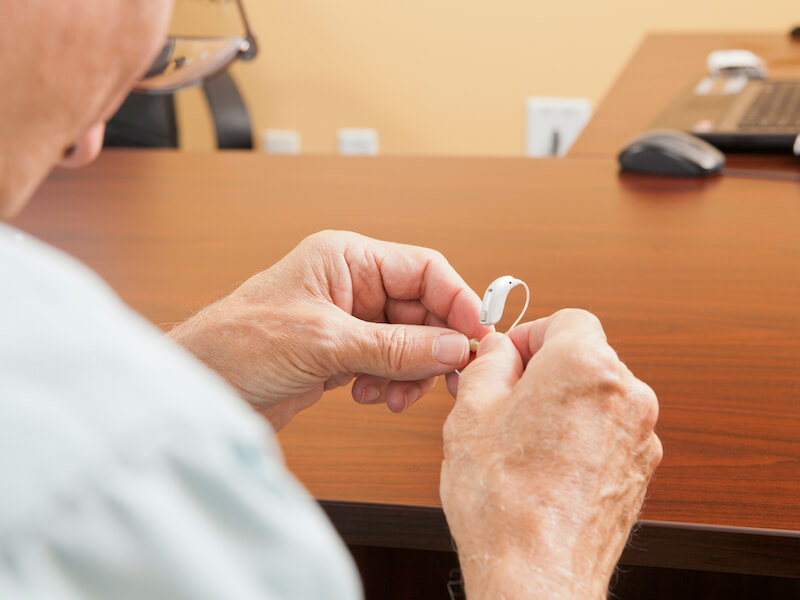
You take care of your hearing aids. Cleaning them daily, you make sure they are safe and comfortable on their charger when you go to bed.
Suddenly and distressingly, your hearing aids aren’t working the way they used to. There are a few things you can do to troubleshoot the problem, luckily. Just don’t forget: your main job is to avoid damaging your hearing aid further (or you may need to replace them).
Troubleshooting your hearing aid
You saved the owner’s manual that came with your beautiful new hearing aids, right? Hopefully, you did so that you can consult with your owner’s manual to do maintenance and troubleshooting. Each model of hearing aid can be somewhat different so it’s essential to follow the manual’s recommendations.
Here are some things you can check on most models:
- Look for noticeable damage: Does your hearing aid have any obvious loose components or cracks around its shell? If you find cracks, it could indicate that moisture is getting in and there might be more significant damage.
- Check your battery: You’ll still want to check the battery power even if you had your hearing aids charging overnight. It might be a good idea to check if you may need new batteries or if the old ones are properly inserted, especially if your batteries are replaceable.
- Wax accumulation: Make sure there is no wax on your hearing aid by giving it a visual check. Even if you undertake routine cleaning, sometimes wax can build up quickly, so it’s worth checking this off your list.
- Keep your microphone clear: Check for anything blocking the microphone of your hearing aid. An obstructed microphone can create feedback or can cause your hearing aids to sound broken or quiet.
Again, consult your owner’s manual on how you might approach each of these concerns. Self-maintenance is sometimes possible.
How will I know when my hearing aid needs repair?
If your hearing aid continues to malfunction after you have performed basic maintenance and troubleshooting, it’s likely that your hearing aid will need to be professionally repaired. You need your hearing aids for almost every facet of your life so this might not sound really appealing.
It’s certainly worth taking note that “repair” doesn’t always mean “mail your hearing aids in for service and wait several weeks”. In some cases, we can fix it in office and you can take it with you when you leave.
Or, depending on the extent of the damage, you could get your hearing aids back in a few hours.
There are still some cases where such fast repair isn’t possible. And in those cases, you may find yourself in need of a backup set of hearing aids. Maybe you have an old pair that will do temporarily in a pinch. We might even be able to let you borrow a pair while you are waiting.
Get assistance with your hearing aids right away
It’s crucial to have your hearing aid assessed and repaired if you start to notice the sound quality is starting to falter.
Any amount of downtime should be avoided. Your mental health and your general health can be affected by neglected hearing loss. Moreover, once your hearing aids are ignored in a box somewhere, it’s all too easy to pretend they’re not there, meanwhile, your hearing gets worse and worse.
Keeping those hearing aids in good working order is the secret to keeping your hearing healthy. And the ideal way to do that is to clean them, keep them charged, and, when necessary, take your hearing aids to get some professional help.
